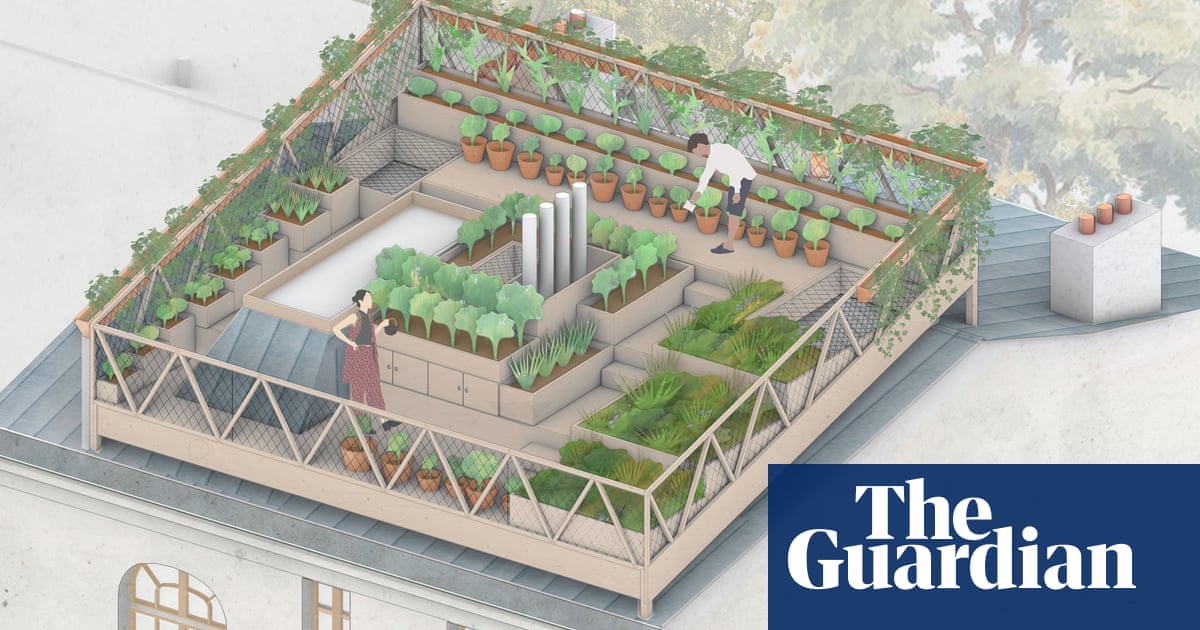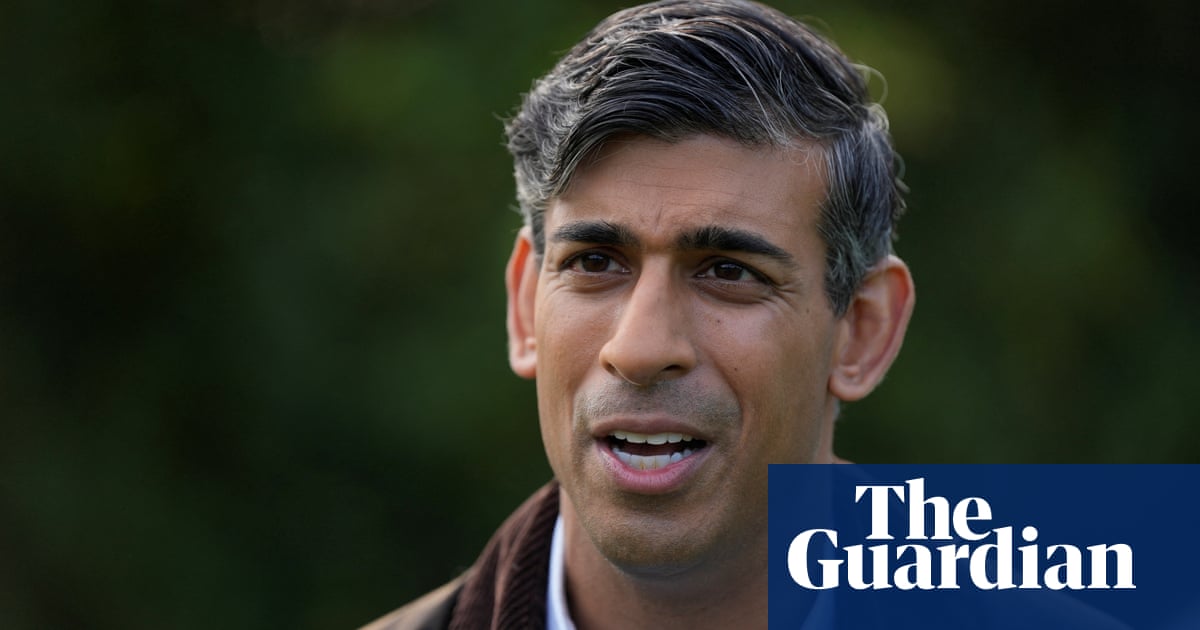
From the roof of the eight-floor residential building in Paris’s 16th arrondissement, you can see the Eiffel Tower and the Arc de Triomphe. It’s the space between these icons, however, that the Roofscapes team have marched me up the stairs to see; the zigzagging roofs that make up a vast area of unused, ignored and mostly unseen space.
This is what Eytan Levi, Tim Cousin and Olivier Faber believe could be key to preventing the city from overheating after a series of sweltering summers when temperatures in the French capital reached a record high of 42.6C.
Despite a campaign a few years back to have these roofs declared a Unesco world heritage site, most people will have only seen Paris’s celebrated grey zinc roofs from the dizzying TikTok videos made by daredevil freerunners.
But as officials and scientists scrabble to find solutions to rising temperatures and to promote biodiversity in densely populated metropoles with limited open spaces – Paris is the seventh most crowded city in the world with a well-documented lack of parks – it seems increasingly clear, the answer, or part of it, is up.
It would not the first city to begin to make use of its roofs for climate solutions. Zurich has had a mandatory green-roof programme for all flat roofs on new buildings not used as terraces since 1991; Linz in Austria has required green roofs since 1984 and has one of the densest green-roof areas in the world, with about 2.7m2 a citizen. Rotterdam also has a thriving Rethinking Rooftops movement.
Paris, however, presents a particular challenge. An estimated 70-80% of the French capital’s buildings – about 110,000 properties – have zinc roofs that not only actively contribute to rising temperatures by absorbing the sun’s heat, but also slope, which means doing anything with them is something of what the French call a casse-tête (headache).
The Roofscapes team suggests overcoming this with wooden platforms fixed across the sloping panels to create roof gardens, terraces and even walkways. These, they say will have a triple benefit of stopping the metal overheating, thus lowering temperatures in the city, increasing biodiversity and creating outdoor spaces for residents.
There are evident dangers, such as the risk of going through the roof or over the side. Roofscapes says the wooden structures will be fixed on load-bearing walls and every project would be subject to strict planning approval based on engineering and safety studies. Once approved, the sky terraces could be created at a cost of about €1,500-€2,000 (£1,300-£1,700) a square metre. The cost would be borne by the owners of the property or flats within it, who would reap the benefits of the extra space, and may, it is hoped, eventually be able to access subsidies from the government’s “ecological transition” fund as homeowners wishing to improve their energy rating can at present.
A prototype installation is under examination and expected to be completed early next year.
Levi, Cousin and Faber met at architecture school in Switzerland, and had all started careers at various Paris businesses when they became frustrated at what they saw as “commission-based” building and development that left “no room to be disruptive”, so resigned. They enrolled at the MIT School of Architecture and Planning in the US where they founded Roofscapes in 2020.
“We’d been looking at climate change in the city and particularly during the hot summers when we became aware that these zinc roofs were lying in the sun accumulating solar energy and overheating to up to 80C. They were contributing to the heat island effect in the city, meaning it was 10 degrees hotter than in the surrounding areas,” Cousin says.
A key challenge is to win over architects at the French culture ministry’s Bâtiments de France, the guardians of the country’s property heritage that includes Paris’s zinc roofs, whose instincts are more protective than progressive.
“We’ve had talks with them, which is already a big step and we’re very hopeful,” Levi says. The team points to the altane wooden terraces in Venice as an example of how roof structures can be incorporated into traditional settings.
Last month, they organised the first Paris Rooftop festival in partnership with a French roofers’ union and an association for urban vegetation, now planned as an annual event.
“We were able to welcome hundreds of visitors and the many reactions we received were overwhelmingly positive, highlighting people’s desire to access their roofs, discover the city in a different way, and make unexpected encounters with one another,” Levi says.
So far, Roofscapes has relied on grants from public authorities and the European Commission but the three founders hope to one day make a living. “It’s tricky and not the most obvious way to make a business or make money, but we’re hoping it will succeed in two or three years and we’ve had a lot of interest from public authorities, companies and people,” Levi said.
And, as Cousin points out, up on the eighth-floor roof: what is the alternative?
“To have any meaningful impact on the city you have to have a lot of roof terraces, but we have seen an evolution of the mentality around this issue. A few years ago people weren’t interested in climate change, now they’ve realised it’s urgent.
“There are no other areas in the city to create more green space except for the roofs.”












